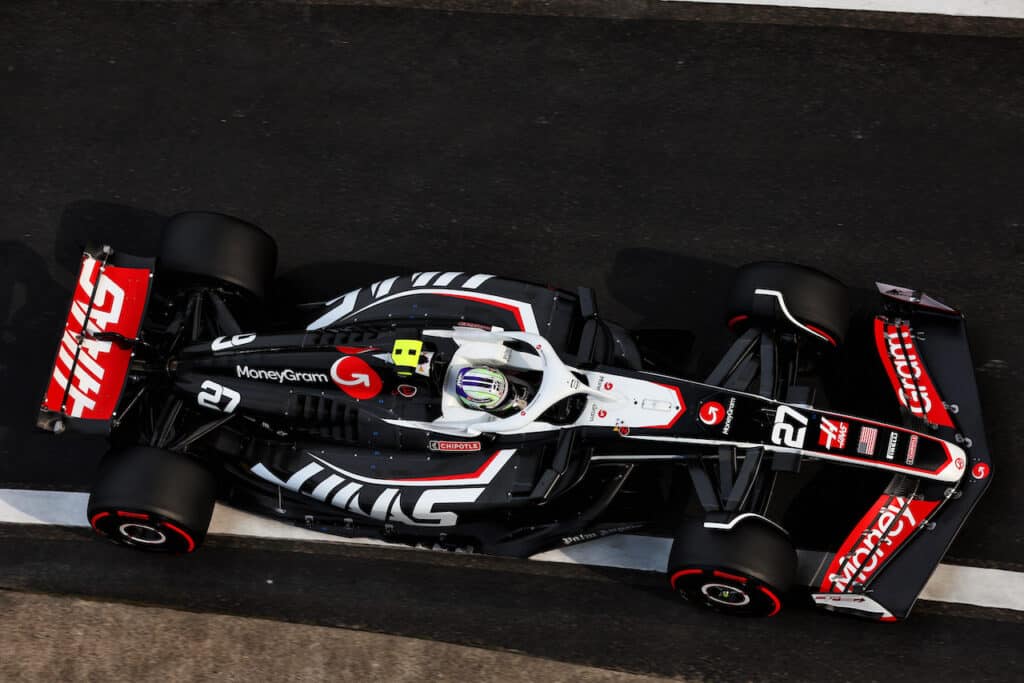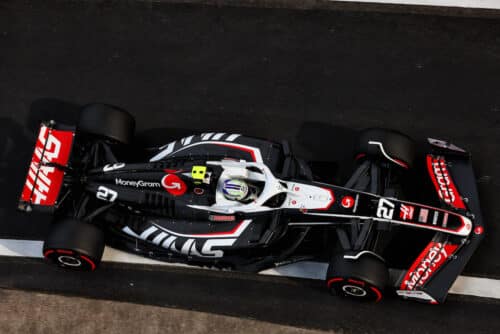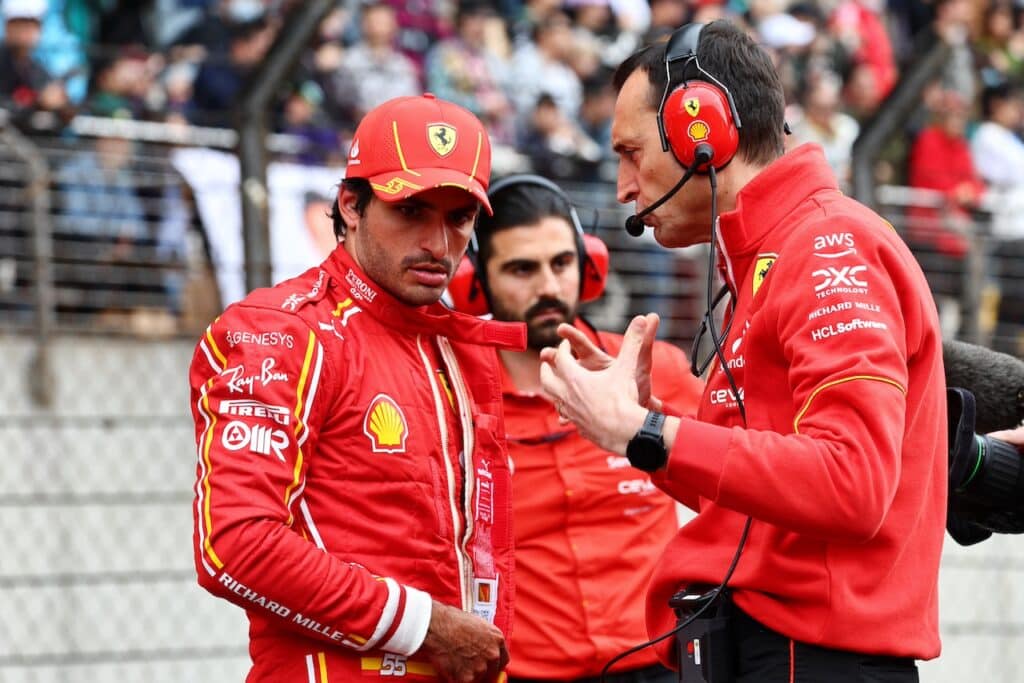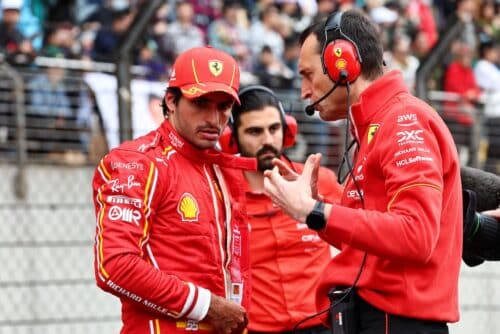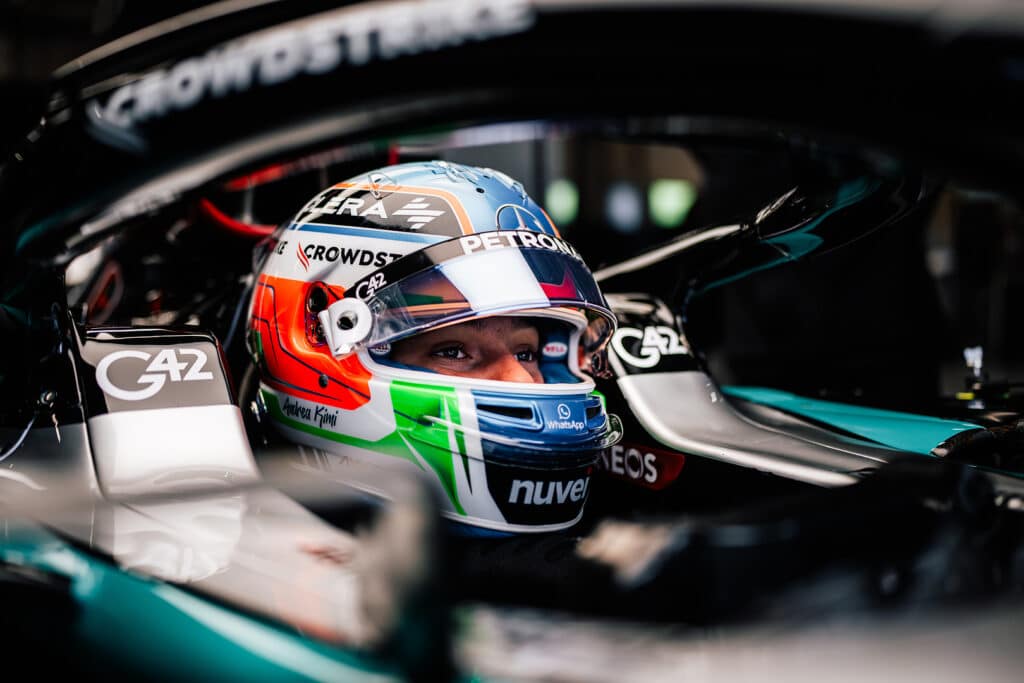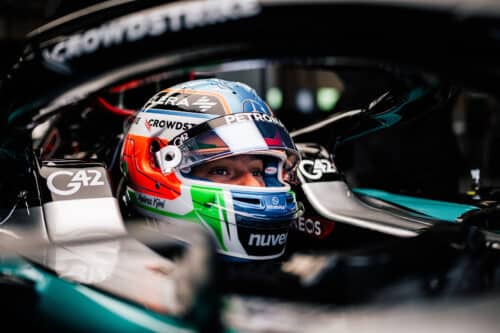Ferrari at the Monza GP: a Grand Prix without equal
"Monza is an important part of the history of Formula 1"
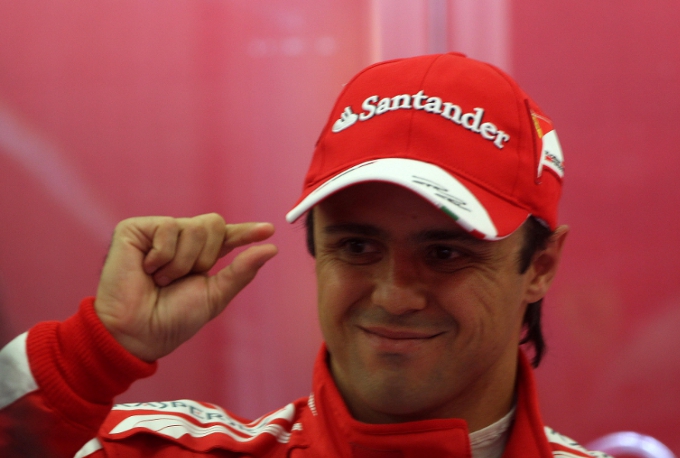
Formula 1 has its own language, used by drivers, teams and journalists, in which words such as "fight", "stress", "battle", "clash" are often used, as if it were a war scenario. Sometimes, however, we forget how completely different the scenario offered by a Grand Prix is in reality, because it has always represented an exciting show for both the spectators and the participants themselves. Furthermore, today all the most popular sports have a strong connection with business and it is easy to lose the romantic vision of the athletic gesture. But a weekend in the unique setting of the Monza circuit manages to bring the sport back to its original vision, thanks to a track known to the world as the "Magic Track".
If your favorite team's uniform has a little black horse on a yellow background, the Monza weekend becomes an even more special weekend. To confirm this, just ask Felipe Massa: “Monza represents an important part of the history of Formula 1, as evidenced even today by the Superlevata curve. It is a Grand Prix different from all the others, due to the speeds that can be reached in some points of the track and the unique spectacle offered by the grandstands packed with fans. When you take to the track behind the wheel of a Ferrari everything is even more special. I am Brazilian, but my family has Italian origins, I have an Italian passport and our family has a lifestyle very linked to Italian traditions. For me this weekend has always been special, for that extra bit of motivation and the desire to achieve an important result. Brazil is obviously my home race, but Monza comes immediately after. It's a much more heartfelt race than the Monaco Grand Prix, even though I live in the Principality." Felipe began his sporting career in Italy and became acquainted with the Monza racetrack during his militancy in the minor categories: “In Monza in 2010 I got on the podium, taking third place, but my best memory is linked to this circuit is not behind the wheel of a Formula 1 car. Here I have won in all the other categories I have raced in, twice in Formula Renault 2.0 and once in F3000. And victories always have a special flavor in the book of memories."
Even the engineers, often described as real computers that move on the tracks of rationality, are unable to hold back their emotion when faced with the Monza circuit, as witnessed by the Director of the Scuderia's Engine and Electronics Department, Luca Marmorini. “Being an Italian engineer working in Formula 1 means experiencing Monza as a unique event that brings together all the prominent elements offered by this sport. For an engine engineer, winning on the Monza circuit is a very special satisfaction" - continues Marmorini - "I have many memories linked to this track, but it is not necessary to go too far in time to find unforgettable days. Three years ago, when Fernando and Felipe took first and third place, it was an exceptional result and an unforgettable day." There are well-defined technical reasons that make Monza a unique testing ground among the World Championship tracks. “Monza, together with Spa, is the track where we see the greatest contribution of the engine to the overall performance of the single-seater” – explains Marmorini – “Every additional horsepower has its weight on the final time. Monza is also a very difficult circuit for the engines, because the driver does 80% of each lap with the accelerator at full throttle. By remaining at 'full throttle' for so long, it turns out to be a very critical circuit in terms of reliability."
The technical challenge is also captivating for Felipe. “On the Monza circuit we use the lowest aerodynamic load of the entire season” – explains the Brazilian – “And it is the track on which we detect the highest top speed. This circuit requires a very precise car, but at the same time you cannot sacrifice too much aerodynamic load, which is necessary to tackle the slow corners. The engine plays a very important role, and I hope our V8 gives us a bit of an advantage. On the other tracks this aspect is of little significance because the difference between the various engines is minimal, while in Monza it has greater weight. To these good premises we also add the great support guaranteed by the numerous Italian fans, an extra boost that I hope can help us obtain an excellent result."
On the Monza circuit, overtaking does not take place only thanks to the help of the DRS system, because historically this track has always been the ideal terrain for exploiting slipstreams. However, the ease of overtaking does not diminish the importance of being able to start in the top positions, especially to avoid the risk of being involved in the chaos that can occur after the start. It is not easy to achieve the perfect lap in qualifying, as Felipe explains: “Normally on this track there is not much gap between the cars and the key to achieving a fast lap in qualifying is to be able to complete the three sectors in the best possible way. ways without wasting attempts. Braking is very important, as is being able to maintain the right trajectory at the points of greatest traction. If you lose some time in a corner, due to excessively late braking or a sub-optimal line exiting the corner, you lose a lot of time along the entire next straight. In recent years, top speeds have dropped due to the introduction of new technical regulations, although - honestly - it is a difference that the pilot does not notice. I remember the speeds we reached with the V10 engine, but in the end the sensation you get when traveling at 360 or 340 km/h isn't that different." The current technical regulations provide that each driver can use eight engines throughout the entire Championship. All the teams are asked to plan on which tracks it is most important to have a fresh new engine and in this respect the Monza stage is first on the list. “Our objective” – states Marmorini – “is obviously to optimize the use of the eight engines during the season. On the Monza and Spa circuits, where the engine plays the most important role, all the teams prefer to take to the track with new units. We have worked hard to reduce the performance degradation of the engines, but a new engine is always a greater guarantee than a used one." Next year, engine reliability will be one of the most critical aspects, given that the new technical regulation allows a driver only five new powertrains to use throughout the Championship. Among the various problems faced by engine engineers in the transition from the current naturally aspirated V8 engines to the upcoming new turbo V6s, that of technical reliability turned out to be one of the major ones. “Considering that the 2014 championship will begin in just six months” – reveals Marmorini – “I would say that the basic choices have already been made. We have been working on this project for a long time and at the moment we are defining the final details, especially regarding the installation of the engine on the single-seater. We are happy with what we have done so far and I would say that everything is in line with planning." The Italian Grand Prix scheduled for next weekend will in fact be the last appearance in Europe of the 8-cylinder engines that have characterized the current Formula 1 cycle.
if you want to always be updated on our news
Follow us here

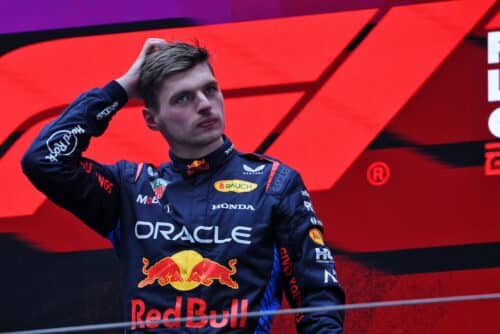

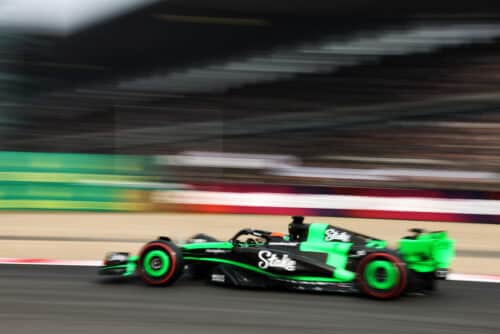
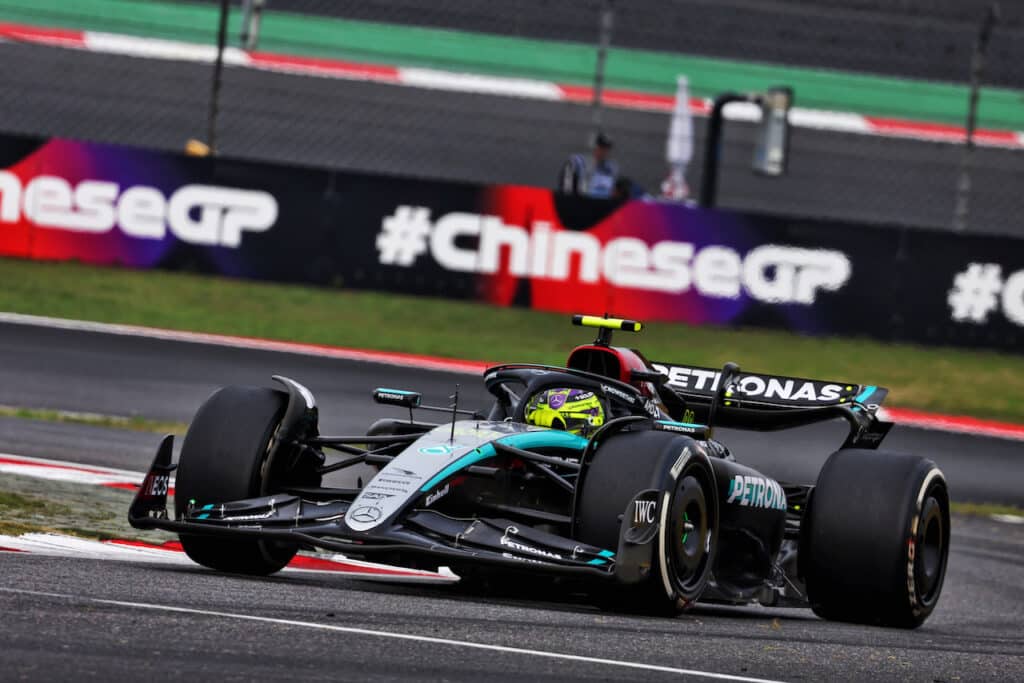


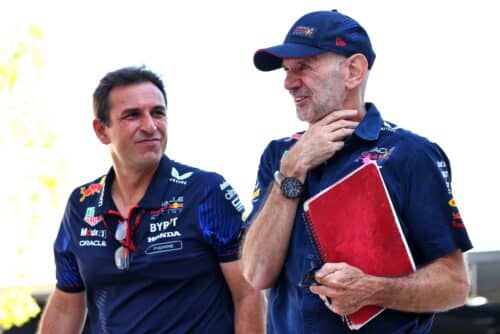
![F1 | Ferrari reveals the first details of the blue livery for Miami [PHOTO]](https://f1grandprix.motorionline.com/wp-content/uploads/2024/04/gp-miami-ferrari.jpeg)
![F1 | Ferrari reveals the first details of the blue livery for Miami [PHOTO]](https://f1grandprix.motorionline.com/wp-content/uploads/2024/04/gp-miami-ferrari-500x461.jpeg)
